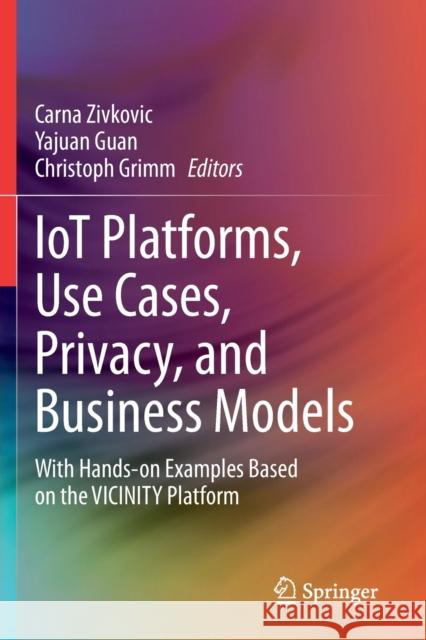Iot Platforms, Use Cases, Privacy, and Business Models: With Hands-On Examples Based on the Vicinity Platform » książka
topmenu
Iot Platforms, Use Cases, Privacy, and Business Models: With Hands-On Examples Based on the Vicinity Platform
ISBN-13: 9783030453183 / Angielski / Miękka / 2021 / 227 str.
Iot Platforms, Use Cases, Privacy, and Business Models: With Hands-On Examples Based on the Vicinity Platform
ISBN-13: 9783030453183 / Angielski / Miękka / 2021 / 227 str.
cena 322,01
(netto: 306,68 VAT: 5%)
Najniższa cena z 30 dni: 308,41
(netto: 306,68 VAT: 5%)
Najniższa cena z 30 dni: 308,41
Termin realizacji zamówienia:
ok. 22 dni roboczych
Dostawa w 2026 r.
ok. 22 dni roboczych
Dostawa w 2026 r.
Darmowa dostawa!
Kategorie:
Kategorie BISAC:
Wydawca:
Springer
Język:
Angielski
ISBN-13:
9783030453183
Rok wydania:
2021
Wydanie:
2021
Ilość stron:
227
Waga:
0.34 kg
Wymiary:
23.39 x 15.6 x 1.3
Oprawa:
Miękka
Wolumenów:
01
Dodatkowe informacje:
Wydanie ilustrowane











